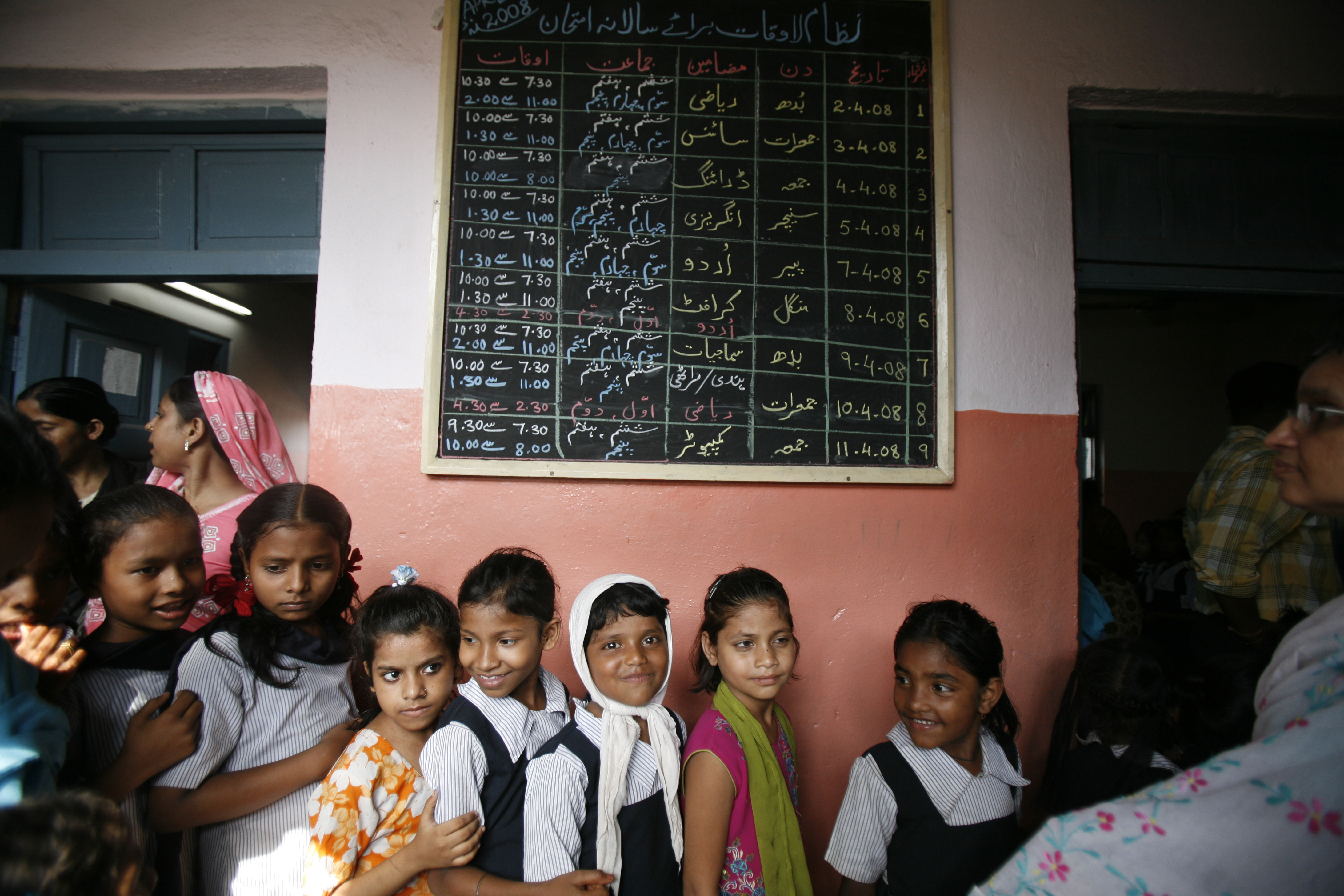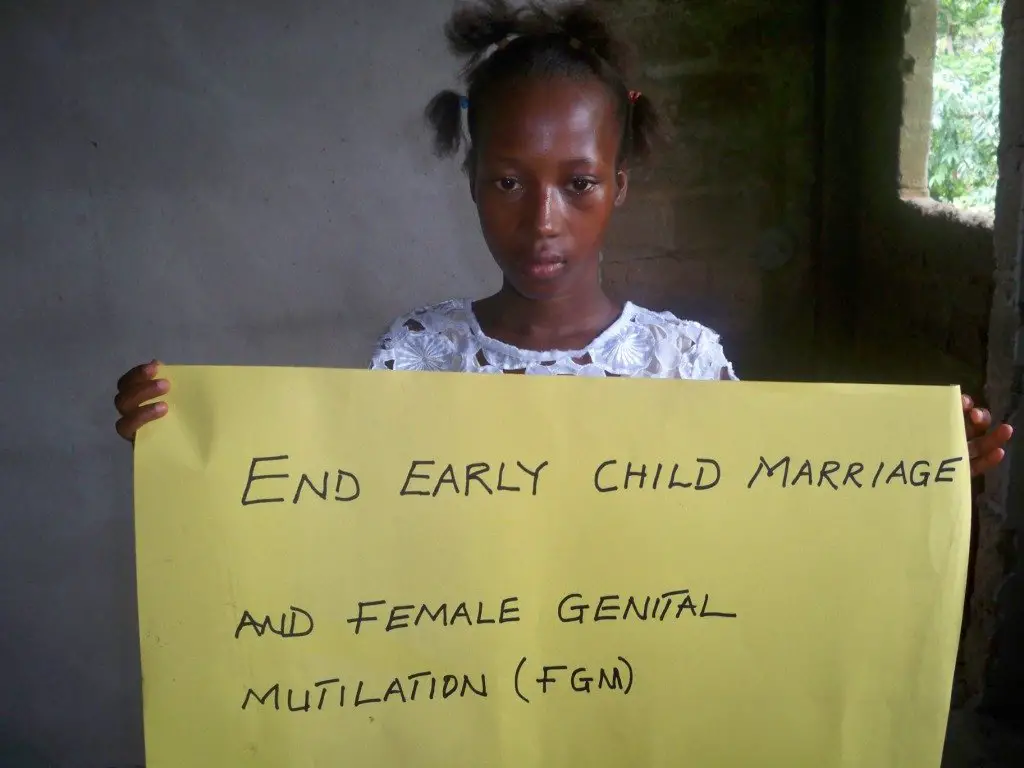Girl child education is paramount for enhancing gender equality and eradicating poverty. Without education, girls will lack the necessary skills and knowledge to overcome social, economic, and political barriers.
Access to education is a fundamental right, and girl child education is crucial for reducing inequality and empowering women. Despite progress in recent years, girls still face significant obstacles, including poverty, harmful cultural practices, and lack of access to education. According to unesco, over 130 million girls worldwide are out of school, and more than two-thirds of illiterate adults globally are women. Investing in girl child education not only ensures that girls can reach their potential, but it also benefits their families, communities, and societies as a whole. Educated girls are less likely to marry young, have healthier families, and contribute to economic growth and stability. Therefore, empowering girls through education is vital for achieving sustainable development and creating a brighter future for everyone.

Credit: www.brookings.edu
Barriers To Girl Child Education
Education is a fundamental human right, but sadly, millions of girls around the world are still facing significant obstacles to accessing quality education. We must acknowledge and address these barriers to create a world where girls have equal opportunities for education and a brighter future.
Societal And Cultural Norms
Societal and cultural norms shape our understanding of what is expected from each gender. Girls are often expected to prioritize household chores and childcare over education, which deprives them of their right to equal education. Additionally, some communities believe that educating girls may destroy their cultural or religious values, leading to them being denied an education.
Poverty
Poverty remains one of the most significant barriers to education for girls worldwide. Parents who cannot afford the cost of basic necessities like food and shelter have limited funds to invest in their daughters’ education. This leads to a vicious cycle of poverty, as poorly educated girls are more likely to remain impoverished, leading to an increased risk of early marriage and childbirth.
Early Marriage And Pregnancy
In many countries, child marriage is still prevalent and girls are forced to marry before they reach the age of 18. This practice deprives them of opportunities to continue their education and exposes them to health risks, violence, and abuse.
Pregnancy during adolescence is also linked with several issues like poor physical and mental health, lower educational achievement, and lifetime poverty.
Lack Of Access To Education
In some regions, girls lack access to schools within their locality, and the few schools available may be poorly funded, understaffed, or lack basic amenities like sanitation facilities. Moreover, certain schools may not offer the same curriculum to girls as they do boys, limiting their access to certain careers or vocational training.
Gender-Based Violence
Gender-based violence, including physical, sexual, and emotional abuse, may directly or indirectly impact a girl’s education. Girls who experience violence may develop mental health problems or struggling in school due to physical injuries or emotional stress. Additionally, parents may feel hesitant to send their daughters to school because they fear for their safety and well-being.
Education is essential for girls to reach their full potential and build a more prosperous world. To break down the barriers to girl child education, policymakers, and communities must work together to promote the education of girls and ensure that girls have equal rights to education.
Benefits Of Girl Child Education
Girl child education is a crucial topic that needs to be addressed on a large scale. Educating girls can benefit not only the individual but also the community at large. In this blog post, we will discuss the benefits of girl child education under various subheadings.
Economic Benefits
Educating girls can have a positive impact on the economy.
- Girls who receive education tend to earn higher wages, thereby contributing to the economic growth of the country.
- Educated women have better job opportunities, which can lead to increased family income and financial stability.
- When women are educated, they tend to invest more in their children’s education, which can have a positive impact on future generations.
Social Benefits
Girl child education can bring about significant social benefits.
- Education can help girls gain confidence and develop critical thinking skills. This can help them make better decisions and assert themselves in various situations.
- Educated girls can contribute to the community by participating in social and political activities.
- When a girl is educated, it can challenge traditional gender norms and promote gender equality.
Health Benefits
Educating girls can also improve their health outcomes.
- Educated girls are more likely to have access to healthcare services and to make informed decisions about their health.
- Girls who stay in school are less likely to get married or become pregnant at a young age, which can result in improved maternal and child health outcomes.
- Education can also help girls understand the importance of hygiene and proper nutrition, which can lead to better health outcomes.
Empowerment Benefits
Education is a means of empowerment for girls.
- Educating girls can help them gain independence and control over their lives.
- It can also help girls break free from gender-based violence and discrimination.
- An educated girl is more likely to marry later in life, have fewer children, and make better choices for herself and her family.
Reduction Of Child Marriage And Early Pregnancy
Educating girls can also have a positive impact on reducing child marriage and early pregnancy.
- Girls who receive an education are less likely to get married at a young age.
- Educated girls are more likely to use contraception and to make informed decisions about their reproductive health.
- When girls stay in school, they are less likely to become pregnant, which can have a positive impact on maternal and child health outcomes.
Educating girls can have a significant impact on their lives, communities, and the world at large. It is crucial to invest in and prioritize girl child education.
Role of Education in Empowering Girls
Successful Programs And Interventions For Girl Child Education
Programs Focused On Providing Access To Education
Despite widespread recognition of the importance of girls’ education, many girls still lack access to quality education due to poverty, cultural norms, and geographic isolation.
- The girls’ education program, run by the malala fund, aims to improve girls’ access to secondary education by investing in schools and teachers, advocating for policy changes, and raising awareness of the value of education.
- The room to read girls’ education program works to keep girls in school and help them develop the necessary literacy skills to succeed, including publishing books in local languages that feature strong female characters.
- The baale parwaz program in afghanistan offers academic support, life skills training, and other resources to help girls stay in school, with a focus on those from low-income households or marginalized communities.
Programs Focusing On Reducing Societal And Cultural Barriers
Many cultural and societal barriers prevent girls from accessing education, including early marriage, gender stereotypes, and discrimination.
- The tostan community empowerment program aims to promote gender equality and human rights through education and community engagement, focusing on social norms and practices that negatively impact girls’ education.
- The girl rising campaign uses storytelling to raise awareness of the challenges faced by girls around the world and inspire action on the part of communities, governments, and individuals.
- The girl effect accelerator supports innovative enterprises that use technology and media to improve the lives of girls and young women, with a focus on those in poverty-stricken areas.
Programs Focused On Reducing Poverty
Poverty is a major barrier to education for many girls around the world.
- The cash transfer for education program in bangladesh provides cash stipends to families that send their daughters to school, with the goal of keeping girls in school and reducing their likelihood of dropping out.
- The educate girls program in india works to increase access to education for girls in remote, rural areas by mobilizing communities and providing additional resources to schools in need.
- The world food programme’s school meals programs in various countries aim to reduce poverty and food insecurity while encouraging parents to send their daughters to school.
Best Practices And Successful Interventions Throughout The World
While there is no one-size-fits-all solution for ensuring that all girls have access to quality education, certain approaches and interventions have proven to be successful in different contexts.
- Providing scholarships or other forms of financial support to girls who would otherwise be unable to afford school fees
- Engaging families and local communities to help address cultural and societal barriers to girls’ education
- Improving the availability of safe and reliable transportation for girls who live far from schools
- Increasing the number of female teachers to serve as role models and mentors for girls
- Addressing menstrual hygiene management and other health concerns that may prevent girls from attending school consistently.
Frequently Asked Questions Of Girl Child Education
Why Is It Important To Educate Girls And How Does It Benefit Society As A Whole?
Educating girls is crucial for society as it not only empowers them but also has numerous benefits such as reducing poverty, child mortality, and increasing economic growth and stability. Educated girls can also contribute to social and political progress, leading to a positive impact on society as a whole.
What Are Some Of The Cultural And Social Barriers That Prevent Girls From Accessing Education, And How Can These Be Overcome?
Some cultural and social barriers that hinder girls from accessing education include poverty, early marriage, limited opportunities, and gender stereotypes. To overcome these barriers, strategies such as providing scholarships, educating parents on the value of girls’ education, creating gender-sensitive policies, and building safe learning environments could be implemented.
How Can Education Contribute Towards Reducing Child Marriage And Gender-Based Violence Against Girls?
Education can play a crucial role in reducing child marriage and gender-based violence against girls. Educating girls can empower them to resist harmful practices and advocate for their rights. It can also raise awareness among families and communities and help change harmful cultural norms.
Providing education to both girls and boys can promote gender equality and create a safer environment for everyone.
What Are Some Of The Key Challenges And Opportunities Facing Girl Child Education In Developing Countries?
Key challenges facing girl child education in developing countries include poverty, child labor, early marriage, cultural beliefs, and lack of educational facilities. However, opportunities exist in increasing access to education, raising awareness, and creating supportive policies. Educating girls can lead to reduced poverty, improved health, and increased societal development.
How Can Individuals, Organizations And Governments Work Together To Ensure That All Girls Have Access To Quality Education?
Collaboration among individuals, organizations and governments is vital in ensuring all girls have access to quality education. Effective measures include offering fair and equal opportunities, funding, mentorship programs, and advocacy for government policies on girls’ education. This can advance gender equality and cater to the needs of girls from all backgrounds.
Conclusion
In today’s world, girl child education has become a prominent issue that requires immediate attention. Taking steps to educate girls will lead to a brighter future for not only them, but also their families and communities. As seen in various studies and research, educated girls tend to have better health outcomes, earn higher wages, have smaller families, and contribute more to their society.
Therefore, we should come together as a society and ensure that girls have access to education, regardless of their socio-economic background. This involves not only financial support but also creating a safe and secure environment for them to learn. Investing in girl child education will break the cycle of poverty and empower them to fulfil their potential.
As the famous saying goes: “educate a girl and you educate a family, educate a family and you educate a community, educate a community and you educate a nation. ” let us work towards a better future for all by prioritizing girl child education.

